At Rest at Cypress Lawn: William Matson (1849-1917)
At the tender age of fourteen, Wilhelm Matson arrived in New York City as a cabin boy from his native Sweden. Working his way up in the maritime world, the lad migrated to San Francisco and before he was old enough to vote had became captain of a vessel, engaged chiefly in carrying coal to the Spreckels Sugar Company refinery in Hawaii.
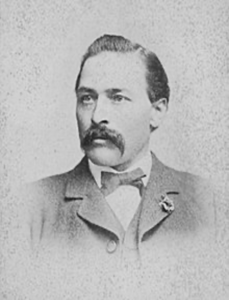
Matson struck up a friendship with tycoon Claus Spreckels, who would finance many of Matson’s new ships. In 1882, Matson purchased his first vessel called Emma Claudina, named for Spreckels’ daughter, and began carrying merchandise to plantation stores on the islands and returning to the U.S. with cargoes of sugar. When Matson sold the Emma Claudina and acquired the brigantine Lurline he doubled the hauling capacity. Soon he had three vessels running.
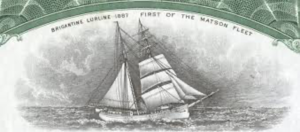
Increased commerce brought a corresponding interest in Hawaii as a tourist attraction. The 146-passenger ship S.S. Wilhelmina followed in 1910. More steamships were added. When Matson died in 1917, the fleet comprised fourteen of the largest, fastest and most modern ships in the Pacific passenger-freight service.
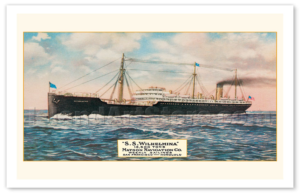
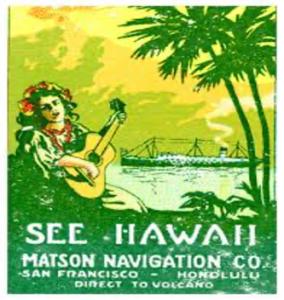
His career was closely associated with the development of the oil industry. Matson helped to inspire a revolution in sea transpiration by replacing coal with the new fuel aboard his ships. Along with other prominent investors, he financed two long pipelines from California oils fields to costal ports.
Matson was president of the San Francisco Chamber of Commerce and active in the civic life of the city and region. Sweden was so proud of its native son that she named him Consul with jurisdiction over seven U.S. Western states.
He married three times. He had five children with his first wife and one child with Lilly Low, his third, named Lurline after the ship where they met. Entombed with him in the family vault are Lillie, his daughter Lurline, and son-in-law.
Factoids
- The sprawling 654-acre Filoli estate in Woodside was built between 1915 and 1917 for William Bourne II, owner of one of California’s richest gold mines and president of Spring Valley Water Company, the major supplier to San Francisco. Following the deaths of William and Agnes Bourn in 1936, the estate was sold to William P. Roth and Mrs. Lurline Matson Roth, who was the heiress to the Matson Navigation Company. The Roth family built Filoli’s botanic collections of camellias, rhododendrons and azaleas, notably in the Woodland Garden, and added a lavish swimming pool and screened-in teahouse. In 1975, Mrs. Roth donated the estate in its entirety to the National Trust for Historic Preservation with an endowment that helps support annual expenses. The estate operates as Filoli Center, a private, non-profit organization with its own Board of Governors, staff and volunteers.
- Lurline Matson Roth was a well-known and accomplished equestrian. She competed in horse shows across the country and bred award-winning specimens. In 1964, she and her son renovated Ghirardelli Square in San Francisco.
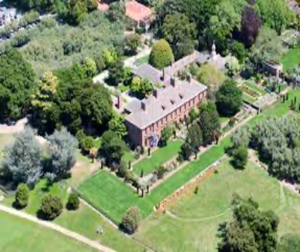
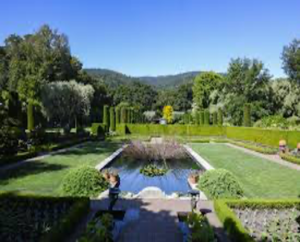
Filoli Gardens & Arboretum
Recommended Reading:
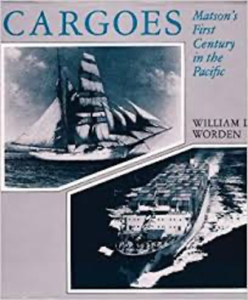
William is laid to rest within Section L of our East Campus. Click here to view an interactive map of our Memorial Park.